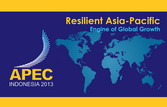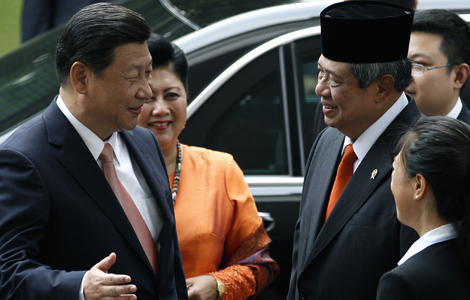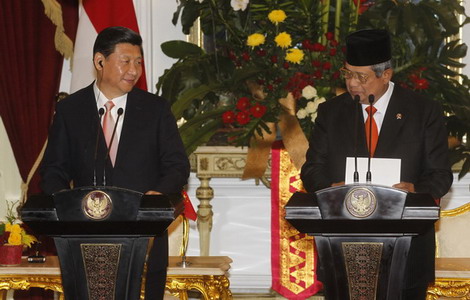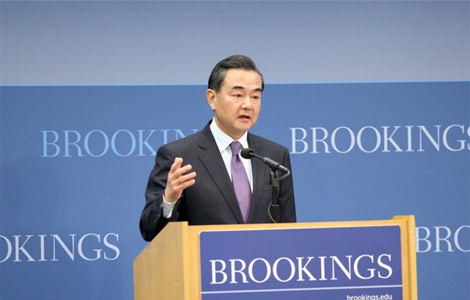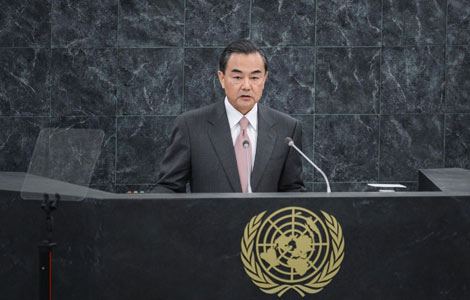Basic facts about Malaysia
By ( Xinhua )
Updated: 2013-10-03
BEIJING - Chinese President Xi Jinping is to start a state visit to Malaysia Thursday at the invitation of Malaysian Supreme Head of State Abdul Halim Mu'adzam Shah.
Following are some basic facts about the country:
Malaysia is located in Southeast Asia and has a total land area of about 330,000 square km. It is separated by the South China Sea into two major regions -- West Malaysia and East Malaysia. West Malaysia, also referred as Peninsular Malaysia, lies in the southern part of the Malay Peninsula.
According to government statistics, Malaysia had a population of 28.33 million in 2010. Malays make up 67.4 percent of the population, 24.6 percent are of Chinese descent, and those of Indian descent account for 7.3 percent.
Malaysia's state religion is Islam, while Buddhism, Hinduism and Christianity are also practised in the country. Malay is Malaysia's national language and English and Chinese are also widely used in the country.
Malaysia's economy heavily relied on agriculture in the past, but it has been advocating an export-oriented economy since an adjustment of the industrial structure in late 1970s.
Kuala Lumpur is the capital city, with a population of some 1.67 million. The Petronas Twin Towers, 452 meters high in Kuala Lumpur's city center, is the landmark building of the city as well as the country.
China and Malaysia established their diplomatic ties in 1974. In 2011, two-way trade between China and Malaysia reached 90 billion U.S.dollars, an increase of 21.3 percent from the previous year.
Schedule
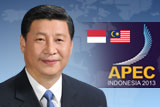
President Xi visits Indonesia, Malaysia, attend APEC summit
Oct 2 to 3: Pay State Visit to Indonesia
Oct 4 to 5: Pay State Visit to Malaysia
Oct 6 to 8: Attend the 21st economic leaders' meeting of APEC forum and meet with global leaders in Bali, Indonesia
Forum
China should increase investment in ASEAN
China should ratchet up cooperation with Association of Southeast Asian Nations countries to expand Beijing's regional influence while countering Washington's Asia-Pacific pivot strategy.
Territorial disputes remain an obstacle
To a lesser extent, relations may also be negatively affected by internal problems involving treatment of ethnic Chinese minorities.

